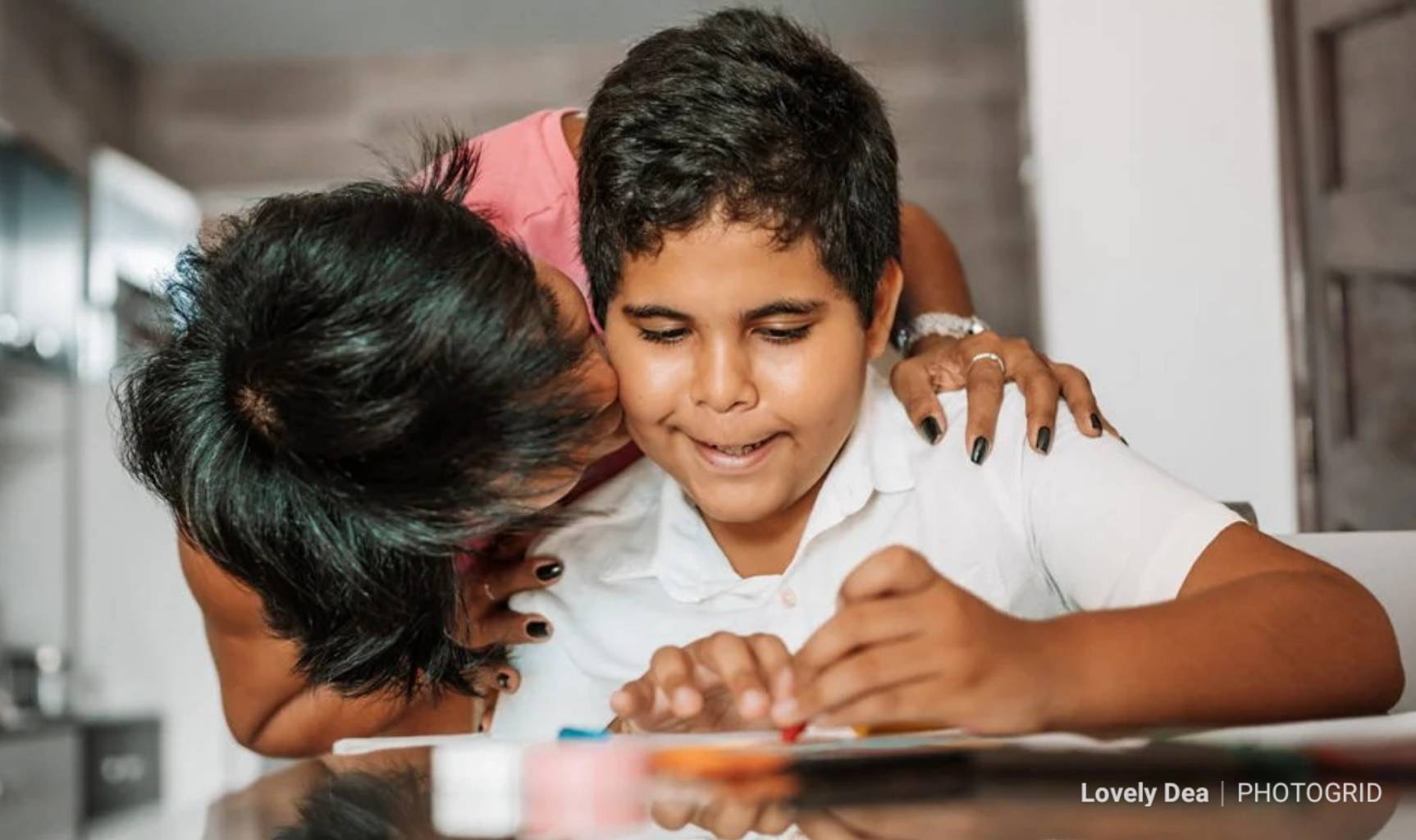(Photo by REMKO DE WAAL/ANP/AFP via Getty Images)
Researchers have found that some individuals with autism and intellectual difficulties were lawfully executed in the Netherlands in recent years after claiming that they were unable to live regular lives.
The instances examined included five individuals under the age of 30 who cited autism as either the only reason for their desired euthanasia or a major contributing factor. This fact created an unpleasant precedent that some experts believe defies the law’s original intent.
In 2002, the Netherlands became the first country to enable physicians to kill patients at their request, provided they satisfied certain criteria, such as having an incurable condition inflicting “unbearable” bodily or mental agony.
According to the Dutch government’s euthanasia review group, approximately 60,000 individuals were killed at their own request between 2012 and 2021.
The committee has recently disclosed records relating to almost 900 of those individuals, the majority of whom were older and had diseases like cancer, Parkinson’s, and ALS, to demonstrate how the regulations are being implemented and interpreted.
Irene Tuffrey-Wijne, a palliative care expert at the U.K.’s Kingston University, and her colleagues examined the papers to discover how Dutch doctors handled euthanasia requests from people with autism or permanent mental disabilities. In May, they published their findings in the journal BJPsych Open.
39 of the 900 people with publicly available case information were either autistic or cognitively challenged. Around eighteen of them were under the age of 50.
Many of the patients mentioned a variety of mental health issues, bodily afflictions, diseases, or aging-related issues as grounds for requesting euthanasia. 30 people also cited loneliness as one of the causes of their excruciating pain. Of the individuals who cited autism or mental challenges, they claimed that their suffering was related to intellectual impairment or feelings of “not fitting in,” which reportedly caused them to socially isolate and inhibit their coping skills.
“There’s no doubt in my mind these people were suffering,” Tuffrey-Wijne said. “But is society really OK with sending this message, that there’s no other way to help them and it’s just better to be dead?”
Other nations with legal euthanasia include Belgium, Canada, and Colombia, but the Netherlands is currently the only nation that discloses complete information regarding potentially contentious deaths, offering a clearer insight into rising patterns in assisted dying. Nonetheless, records are still restricted to what doctors decide to document.
As a result, there might be additional characteristics that were not disclosed or circumstances where the patient’s autism or intellectual difficulties were not acknowledged.
Since the committee only provides selective documents, it is also difficult to determine the real number of people with autism or intellectual impairments who were killed at their own request.
One of the eight cases mentioned by the researchers was that of an autistic man in his twenties. According to his record, “the patient had felt unhappy since childhood,” was bullied on a regular basis, and “longed for social contacts but was unable to connect with others.” The unidentified man chose euthanasia after concluding that “having to live on this way for years was an abomination.”
An autistic woman in her 30s with borderline personality disorder (BPD) was also included in the data. She was given a seat in an assisted living facility, but her physicians indicated she would not be able to establish connections. BPD is considered by many mental health professionals to cause the most intense emotional pain and distress of any other mental disorder. Those with BPD are often unaffected by mental health medications and are advised to try Dialectical Behavioral Therapy (DBT) instead to combat their negative symptoms.
However, DBT does not always help the emotional pain either.
The head of Cambridge University’s Autism Research Centre, Simon Baron-Cohen, called it “abhorrent” that people with autism were requesting to die without additional treatment.
He pointed out that many autistic people suffer from depression, which could possibly impair their capacity to make a legal request to die. He went on to say that it is possible an autistic person requesting death might not understand the complexities of the issue.
A Dutch psychiatrist, Dr. Bram Sizoo, was also troubled that young individuals with autism saw euthanasia as an option for their struggles.
“Some of them are almost excited at the prospect of death,” Sizoo said. “They think this will be the end of their problems and the end of their family’s problems.”


